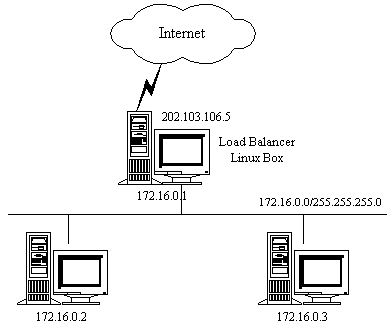
 |
All About Firewalls |
|
|
NATShort for Network Address Translation, an Internet standard that enables a local-area network (LAN) to use one set of IP addresses for internal traffic and a second set of addresses for external traffic. A NAT box located where the LAN meets the Internet makes all necessary IP address translations. NAT serves three main purposes:  dynamic NAT A type of NAT in which a private IP address is mapped to a public IP address drawing from a pool of registered (public) IP addresses. Typically, the NAT router in a network will keep a table of registered IP addresses, and when a private IP address requests access to the Internet, the router chooses an IP address from the table that is not at the time being used by another private IP address. Dynamic NAT helps to secure a network as it masks the internal configuration of a private network and makes it difficult for someone outside the network to monitor individual usage patterns. Another advantage of dynamic NAT is that it allows a private network to use private IP addresses that are invalid on the Internet but useful as internal addresses. static NAT A type of NAT in which a private IP address is mapped to a public IP address, where the public address is always the same IP address (i.e., it has a static address). This allows an internal host, such as a Web server, to have an unregistered (private) IP address and still be reachable over the Internet. |